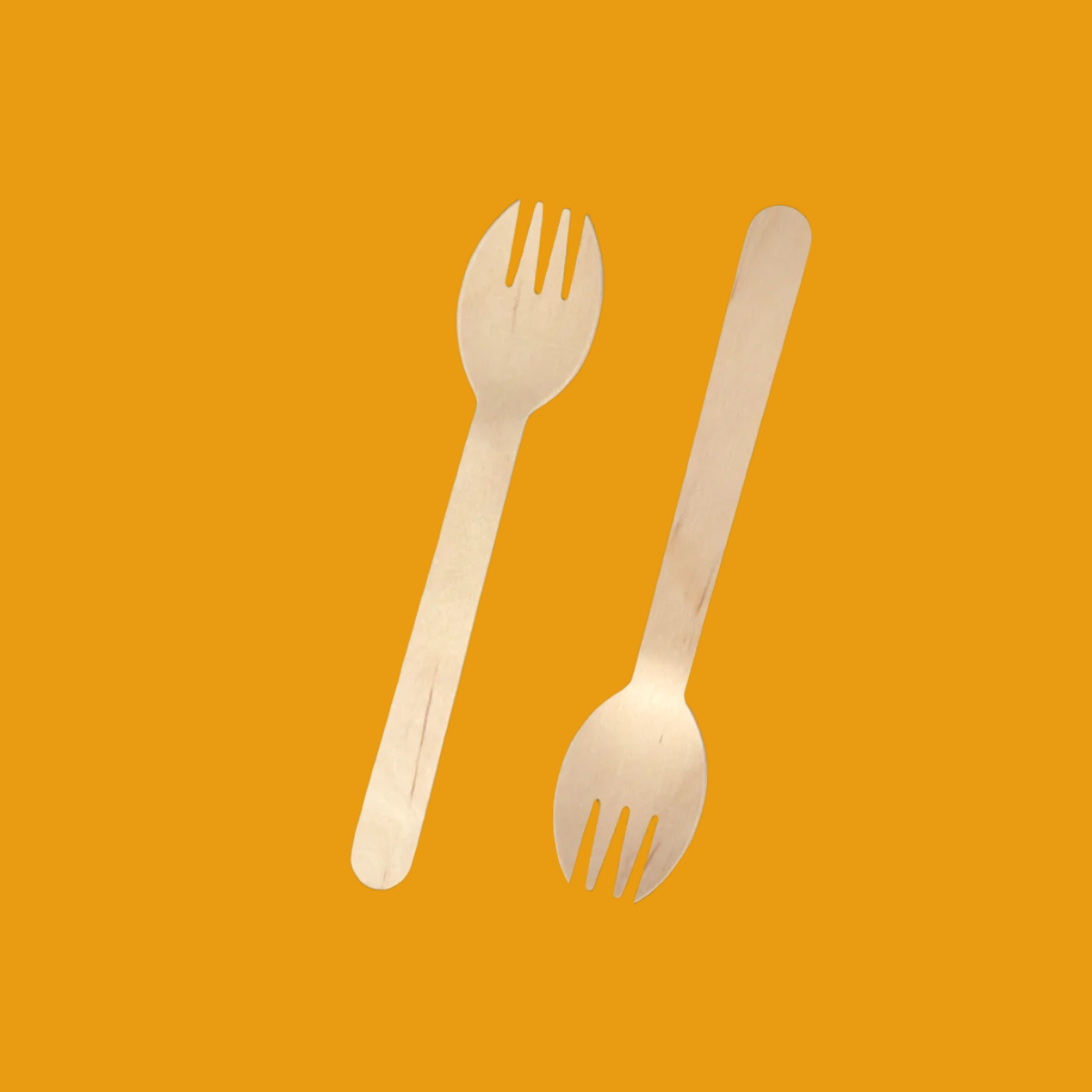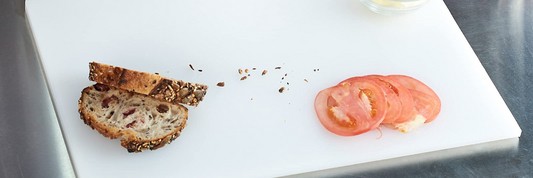Plastic cutting boards are a staple in many kitchens due to their practicality and versatility. Known for being lightweight, durable, and easy to clean, they offer a convenient surface for preparing a variety of foods, from vegetables to meats. In addition to their affordability, plastic boards are often favored for their ability to resist bacteria build-up when maintained properly. However, like all kitchen tools, plastic cutting boards come with their own set of advantages and limitations. This article will explore the benefits and drawbacks of plastic cutting boards, helping you decide whether they are the right choice for your kitchen.
- Kitchen Cutting Board : Definition, Uses, and Benefits
- Cutting Board Sizes: How to Choose the Perfect Fit for Your Kitchen
- Teak Cutting Boards: Benefits, Care Tips, and Why You Need One
- How to Make a Cutting Board
Benefits of Using Plastic Cutting Board
- Antibacterial and easy to clean: Many plastics such as HDPE (High-Density Polyethylene) are certified food safe, do not absorb water or bacteria.
- Lightweight and easy to store: Plastic cutting boards are much lighter than wooden or glass cutting boards, easy to carry and arrange in the kitchen.
- Does not damage knives: Soft plastic grips help prevent knife blades from wearing out or breaking.
- Long life: Plastic can withstand high pressure without cracking or warping.

Types of Plastic Chopping Board
By Material
- HDPE (High-Density Polyethylene): Anti-odor and soft plastic, popular in commercial kitchens.
- PP (Polypropylene): Light and economical, suitable for families.
- Recycled plastic: Environmentally friendly solution.

By Size
- Small, medium, large to suit different processing needs.
- Double-sided cutting board, drainage groove.
How to Choose The Best Plastic Cutting Board
Determine Your Needs
- Choose the right size for your kitchen space and the type of food you are preparing.
- For small families, a medium-sized cutting board is enough.
- You can choose a double-sided cutting board or one with a drainage groove.
Necessary Features
- Drain groove: Prevents liquid from spilling onto the kitchen when preparing foods such as meat or vegetables.
- Non-slip surface: Helps ensure safety when cutting food.
- Dishwasher-safe: Saves time and ensures hygiene.
Compare Plastic Cutting Board With Other Types of Cutting Boards
| Pros | Cons | Usage | |
|---|---|---|---|
| Wood | - High aesthetic value, natural. - Gentle on knives, reduces wear. - Strong and durable when properly maintained. |
- Difficult to clean thoroughly, can harbor bacteria if not disinfected properly. - Prone to cracking over time or with water exposure. |
Dry food preparation (bread, fruits). |
| Glass | - Easy to clean, does not absorb odors or bacteria. - Scratch-resistant. - High aesthetic value. |
- Prone to breaking on impact. - Can dull knives quickly due to hard surface. - Slippery when used. |
Decoration or limited use (slicing fruits). |
| Plastic | - Lightweight, easy to handle and store. - Easy to clean, less prone to bacteria. - Durable, not prone to breaking. - Affordable. |
- Can scratch, causing bacteria buildup if not cleaned properly. - Some plastics may not be environmentally friendly. |
Versatile use (vegetables, meat, fish). |
| Bamboo | - More crack-resistant than wood. - Eco-friendly. - Does not absorb water, reducing bacteria. |
- Harder than wood, may dull knives faster. - Often lighter, may be unstable when cutting heavier foods. |
Eco-friendly kitchen, light food preparation. |
How to Store and Clean Plastic Cutting Boards
To ensure food safety and prolong the life of plastic cutting boards, it is necessary to follow the following cleaning and storage steps:
Daily Cleaning
- Wash immediately after use: Use hot water and soap to clean food, especially after processing raw meat, fish, or foods with dark colors such as beets.
- Use a soft sponge: Avoid using hard scrubbing materials such as dishwashing steel that can scratch the cutting board surface.
- Make sure it is completely dry: Wipe dry or leave in a well-ventilated place before storing to avoid a humid environment that breeds bacteria.

Regular Disinfection
- Mild cleaning solution: Mix a little cleaning solution with water and soak the cutting board for a few minutes, then rinse with hot water.
- Use vinegar or lemon: Pour white vinegar or rub lemon juice directly onto the cutting board surface, leave for 10 minutes, then rinse. This method naturally deodorizes and kills bacteria.
- Hydrogen peroxide: Wipe the cutting board surface with a damp cloth soaked in hydrogen peroxide, then rinse to effectively kill bacteria.
Tips to Avoid Damaging The Cutting Board
- Do not use a knife that is too sharp: Sharp knives or strong cutting movements can easily cause deep scratches on the cutting board surface, creating conditions for bacteria to accumulate.
- Do not soak the cutting board in water for a long time: Soaking for a long time can cause the plastic to expand, reducing the durability of the cutting board.
- Avoid high temperatures: Do not place the cutting board near a stove or strong heat sources.
FAQ About Best Plastic Cutting Boards
Are plastic cutting boards safe?
Plastic cutting boards, especially those made from FDA or NSF-approved plastics, are food-safe. These materials do not absorb water or bacteria, helping to maintain a clean processing environment.
Should plastic cutting boards be washed in the dishwasher?
Most modern plastic cutting boards are dishwasher-safe. However, check the manufacturer's instructions to ensure that the board will not deform under high temperatures.
Do plastic cutting boards retain odors?
High-quality plastic cutting boards, made from odor-resistant materials, will not retain odors if cleaned properly. If you have a problem with odors, try disinfecting them with vinegar or baking soda.
How often should I replace my plastic cutting board?
When the surface has deep scratches or wear, it should be replaced to avoid the risk of bacteria buildup. Typically, you should check periodically and replace after about 1-2 years of use.
Conclusion
Plastic cutting boards are a smart and convenient choice for every modern kitchen. With advantages such as being light, easy to clean, durable and reasonably priced, this type of cutting board is suitable for both family and professional restaurant purposes. Moreover, with a variety of sizes and designs, you can easily find a product that suits your needs and cooking style.
However, to ensure food safety and prolong its lifespan, proper cleaning and storage are important. Don't forget to replace the cutting board when there are too many scratches on the surface to avoid the risk of infection.
Consider choosing from reputable brands to ensure quality and the health of your family!









